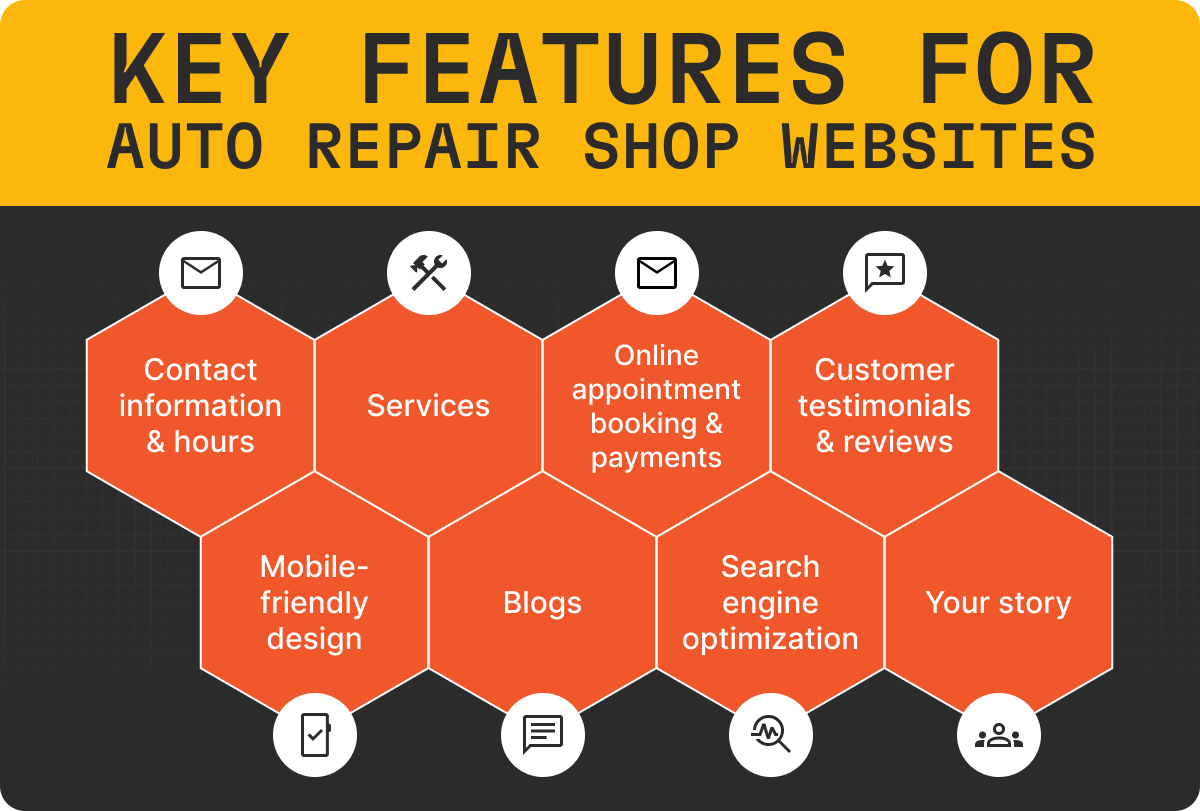When it comes to starting a business, you have a lot to consider.
How are you going to make sales?
Are your operations in order?
How will you approach legal, HR, and marketing?
But it’s important to not forget about one key part to getting your business off the ground: funding.
You’ll want to be well-versed in what to look for in a potential partnership whether you’re in the startup phase, the expansion phase, or even in a plateau phase.
By better preparing now, you’ll set your company up for future success.
Recently, Prasanth shared his thoughts about different kinds of funding with Texas CEO Magazine. You can read the full piece here, or check out some of the highlights below.
Determine The Right Equity Path For Your Business
The first step for any business owner should always consist of researching and selecting the right method of funding for your company. Once you’re confident in your company’s business model, your company’s current state, and any future aspirations for your company, you’ll want to determine the right equity path that can take your company where you want it to go.
1. Venture Capital
Venture capital is a more traditional route and is optimal for new entrepreneurs. If you have an idea for a potential business venture but aren’t sure exactly what to do with it just yet, venture capital could help you secure funding so that you can bring your ideas to fruition.
With venture capital, your partner will purchase a significant portion of the company, and in turn will offer support and guidance to nurture your company’s growth
2. Growth Equity
If your company has already excelled in the starting phases and needs another boost to continue expanding, you’ll want to consider growth equity—otherwise known as “rocket fuel.” Growth equity tends to be founder-centric and offers more autonomy and room to remain true to your company’s original core values and business model.
3. Private Equity
Companies that have reached the later stages of their business’ lifecycle may opt for private equity.
This route can be a good contender for companies that are at risk of going under due to lack of profits. Private equity can give your company the boost needed to prevent it from closing up shop.
Whoever you choose to partner with will take a large portion of your company’s ownership and will make significant changes to the company. However, the private equity route tends to yield bigger checks.
What Did Tekmetric Do For Funding?
Prasanth knows how important the right funding for your company is.
Prior to 2021, Tekmetric was in the startup and the small business stage, so the initial funding from friends and family was an avenue that worked out really well at the time
After 2021, Tekmetric started to expand exponentially. Tekmetric’s Co-CEOs and Co-Founders Prasanth and Sunil Patel realized that more growth could be possible if they changed from their personal network funding to the growth equity route.
Growth equity provided funding for additional initiatives, such as marketing, product research, and hiring. In turn, Tekmetric was able to pursue the vision that Prasanth and Sunil had outlined during the company’s beginning stage.
Find The Right Partner
You’ll want to be intentional about choosing any of your partnerships as a business owner, especially when it comes to finding the right funding partnerships.
The partner you decide to go with will help determine what your business’ tone and future will be like.
As you’re determining the right partnerships for you, ask yourself 5 questions:
- Is the partner aligned with my business goals?
- Do I trust this partner with my team and my business?
- What will my relationship with this partner look like?
- How much day-to-day involvement in my company does this partner expect?
- Does this partner provide a reasonable amount of funding to support my goals?
No matter what equity direction you take, you’ll want to find a partnership dynamic that works for you, your business, and your team. As you’re choosing the right partner, remain transparent about any goals and expectations you have in mind for your company.
You won’t want to choose a partner solely based on numbers. The partnership will be a long-term business relationship—a marriage of sorts—and you should treat the partnership with thoughtfulness and respect.
What Did Tekmetric Do For Funding Partnerships?
At Tekmetric, Prasanth and Sunil knew whichever partner they selected to provide funding would play a significant role in the company’s future, and would have a strong impact on Tekmetric’s overall tone, goals, and growth.
At the time Prasanth and Sunil started looking for partners, Tekmetric was a well-established name throughout the auto repair industry, so they wanted a partner that would work alongside them, not just someone who would give them money and stay at a distance.
Eventually, Tekmetric found the right partner—one who is not only sensitive to the company’s needs but also the needs of Tekmetric’s customers.
Remain True To Your Business Yourself
No matter the equity path you choose to go or the partnerships you choose to take, you’ll want to stay true to your business’ core values and who you are as a business owner.
Rather than cutting corners, you can opt for the best possible solutions.
Prasanth said it best: financial support and equity can be confusing, and it’s easy to get lost in the numbers and forget why you started your business in the first place. However, the right partner will make all the difference.
After all, if you are putting significant time and effort into your idea, your company, and your team, you should expect a partner who supports your continued success long into the future.
→ Check out our latest blog on 12 marketing strategies to help you bring in more customers, or learn how you can become the ultimate leader for your team
A special thanks to Texas CEO Magazine for providing space for Prasanth to share his knowledge.


.png)

.png)
.png)



.svg)



.svg)